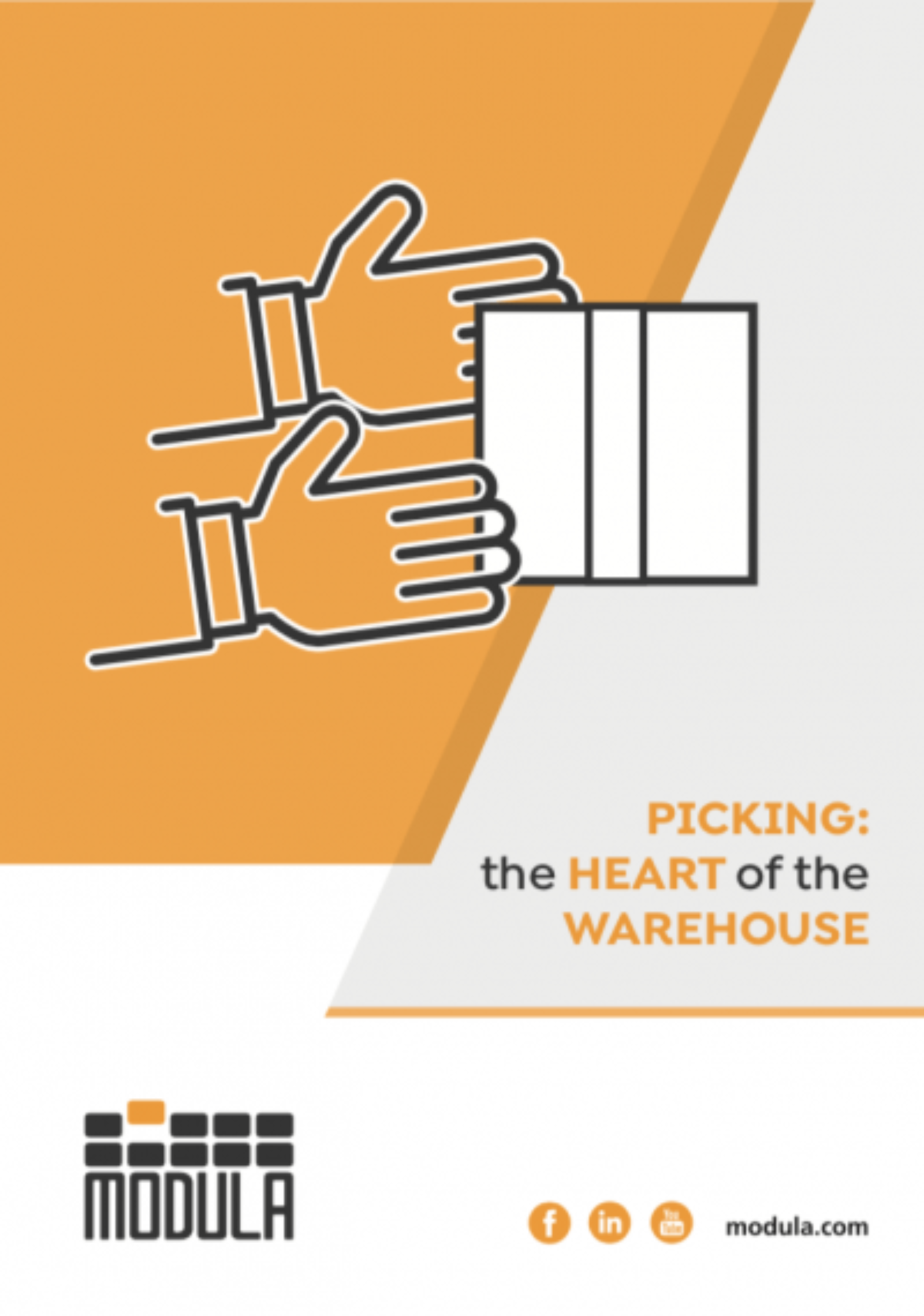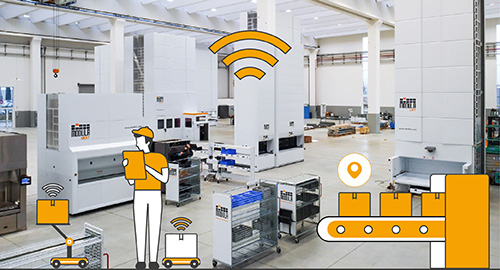Our recent global health crisis radically changed different aspects of our society. We are forced to think and follow new rules for coexistence, what we can call social distancing rules. Companies must also be responsible for these, thinking and reorganizing the spaces and operation of the activities.
Warehouses are one of the central points of global logistics and are one of the hottest topics to discuss in relation of social distancing rules. Just think, for example, that a small delay of picking, initially considered irrelevant, can create a ripple effect and have repercussion on the Supply Chain on global level. That is precisely why it is important to review the organization of the warehouse in order to make it compliant with the new rules of Social Distancing.
Constant control of logistics efficiency in a company is a necessity when there is an operational warehouse that plays an important role for the company itself.
The logistic procedures and the warehouse logic established concerning, for example, the methods of goods receipt, storage, order preparation, may undergo variations due to changes outside the company.
External market changes, such as the health crisis in this case, can cause inefficiencies and make warehouse logics ineffective, which until then had been rather good.
How to organize spaces in the warehouse in compliance with social distancing
Regarding the need to comply with new Social Distancing regulations, the fundamental steps to follow are:
- Track all operations
- Define new spaces for maneuver within the warehouse
- Create defined workspaces
- Speed up and optimize operations
1. Track all operations
To avoid gatherings and respect the distances between individuals required by law, the starting point for the reorganization of the warehouse is to trace all the operations inside it: entry of goods, sorting, storage, picking, and shipping.
The larger the structure, the greater the number of operations, as well as their complexity. Having a defined and clear list of what happens inside the structure is essential for all structure types. Once this has been done you can value, and to what extent, if the Social Distancing rules are respected, as well as the critical points on which to work and concentrate the reorganization efforts.
2. Define new spaces for maneuver within the warehouse
After mapping the warehouse operations, the space can be organized to allow each operator to maintain a distance of at least 1 mt from the others. In practical terms, it also means reviewing internal warehouse flows to recover necessary space.
Where possible, it could be considered the use of spacer, such ad plexiglass separator to allow, for example, multiple operators to work on the same production line without having to disrupting spaces, while maintaining constant productivity.
A recommended change could be to transform two-way lanes in one-way traffic flows, defining entrances and exits of the areas.
3.Create defined workspaces
It is important to precisely define new workstations, using clear and visible signals. At the same time, it is necessary to provide staff training to communicate changes.
For an efficient and effective management of the warehouse, it is not enough to organize only the logistics. The staff have a fundamental role and must be supported in this change. It is important to provide staff training to introduce new rules.
The staff can also be involved in the first phase to create a collaboration in defining new ways of organizing the warehouse. Such a critical moment like this can be used to improve the organization, and one way to do this is by exploiting the information gathered from below.
4. Speed up and optimize operations
In this period, it is important to optimize the resources to speed up the warehouse operations. There could be many differences between a commodity sector and another and between companies, but the need to speed up the escape of an order is a common factor. The recent period has given a boost towards the claim of receiving orders in a short time. When reviewing the organization of warehouse logistics, it is also important to review picking operations, which represent the heart of order preparation.
The most suitable picking method depends on many factors, including the number of orders, the lead time, the number of references in stock and now, more than before, it depends on the space available. Since this is a central operation in the warehouse, a very large area must be allocated in order to respect the new footsteps of social distancing.
The solution could be to obtain new space dedicated to this activity, by redistributing the activities. However, there could be a need to buy new space because of social distancing rules. A valid solution to this problem is the automatic vertical drawer warehouse that allows you to save up to 90% of the floor space, thanks to the vertical development of this warehouse, with a much lower investment compared to the complete automation of everything or the management of new spaces.
Vertical warehouses are the suitable technology to meet the new safety rules because they follow the “goods to man” picking principle: the operator does not need to search for goods inside the warehouse, but this is made available on the loading / unloading bay. The movement of operators is drastically reduced, and this simplifies the overall organization of the warehouse. In addition, the number of errors relating to picking and order fulfillment is reduced: a lower number of returns means an increase in productivity and customer satisfaction.
How to optimize picking operations?



